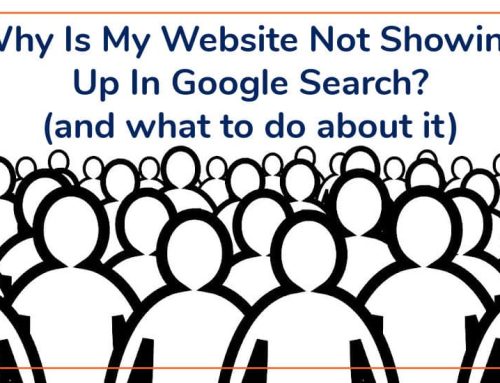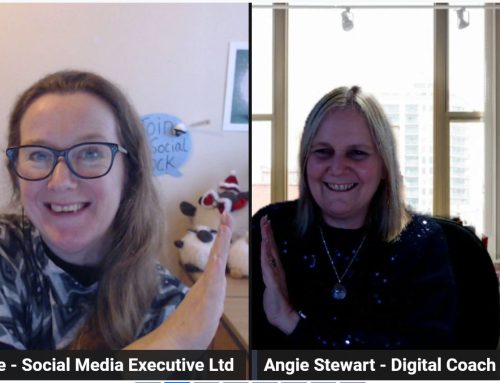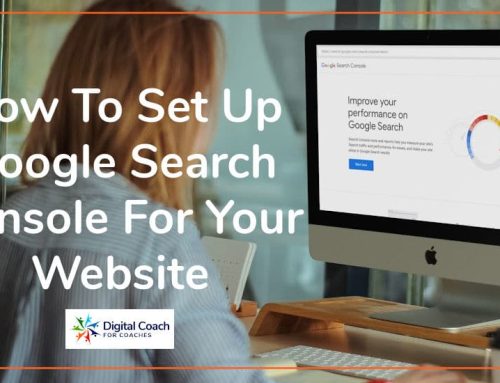
The word ‘Keyword’ can be a bit misleading because when it comes to Search Engine Optimization, a keyword can actually be a single word or a collection of words collectively known as Primary Keywords or Secondary Keywords.
And, if you have more than 3 or 4 words, they can also be referred to as ‘Long Tail Keywords‘.
Basically your primary keyword is the main keyword or phrase you would like a particular web page or blog post on your website to be found for when someone conducts a search using the same specific keyword.
The ideal is to write each page or post around one primary keyword with a good search volume. If you target specific search queries that your know your target audience use, you significantly increase your chances of appearing in google search results and other search engines.
But What Is A Keyword?
Before we delve further into Primary Keywords, if you need a refresher on ‘keyword basics’ here is a quick video explanation:
More About Primary Keywords
Primary keywords that are longer in length tend to be more specific and in the world of online marketing, these are more likely to be buying keywords as the searcher has already drilled down.
Think about it, if someone is searching for ‘notepads’ whilst this could be a primary keyword, it is very generic. They probably haven’t really decided what they want and will more than likely browse.
Alternatively, if someone is searching for ‘A6 ring bound notepads’ and land on a shop page for a matching product – if the look and price is right, there is a good chance they will buy.
Say you write a post sharing your top 10 social media marketing tips & ideas, you may decide to use the phrase ‘social media marketing tips’ as your focus keyword (afterall, it gets, on average 2400 searches a month on google).
If your website is built in wordpress, you can install a SEO (search engine optimization) plugin (I like WordPress SEO by Yoast), which will show you how to use it throughout your blog post e.g.
- In your page title
- How main times to include your main keywords in the content (known as keyword density)
- In your meta title
- In your meta description
- Image optimization e.g in your image file name and alt attributes
SEO Strategy and Keyword Implementation
Here are a few important things to remember:
1) Make sure you only use a specific ‘primary keyword’ in ONE piece of content on your website, otherwise you will confuse google & it’s algorithms won’t know which page or article to display when someone does a search for your keyword.
2) Conducting proper keyword research so you are able to incorporate secondary keywords (closely related keywords) in your content, with significantly improve your chances of appearing in search results.
3) Make sure you create content for ‘a human’ to read not the search engines.
4) Avoid keyword stuffing. Your content should flow & make sense. I’ve seen far too many articles exceed keyword density recommendations so they just don’t read well. This tactic will NOT help you get better search engine rankings. Quality is very important!
If you would you like to learn more about finding the right keywords to help your website’s visibility in search engine results, book a keyword research strategy session using the button below:







Leave A Comment